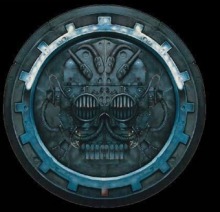Nature-Spirits wrote:Hmm.... I would suggest you at least have some sort of plot, simply because RPs that are too freeform tend to die quickly. A compromise would be to have one (or more) of the players playing an antagonist to (the majority of) the other characters.
An antogonist could work well, I am not a very good OP in the sense of actually guiding a plot, but creating ideas and and actual opening post are no problem for me. Maybe multiple plots happening at the same time? The first rule is that one of your maximum of two characters must start out situated in the region known as "the Cauldron". This will make character interactions easier, and that set of characters could have a guided plot, and secondary characters, in a seperate IC, can have their own freeform storylines which may or may not be connected.








 ). It was rather well-made.
). It was rather well-made.